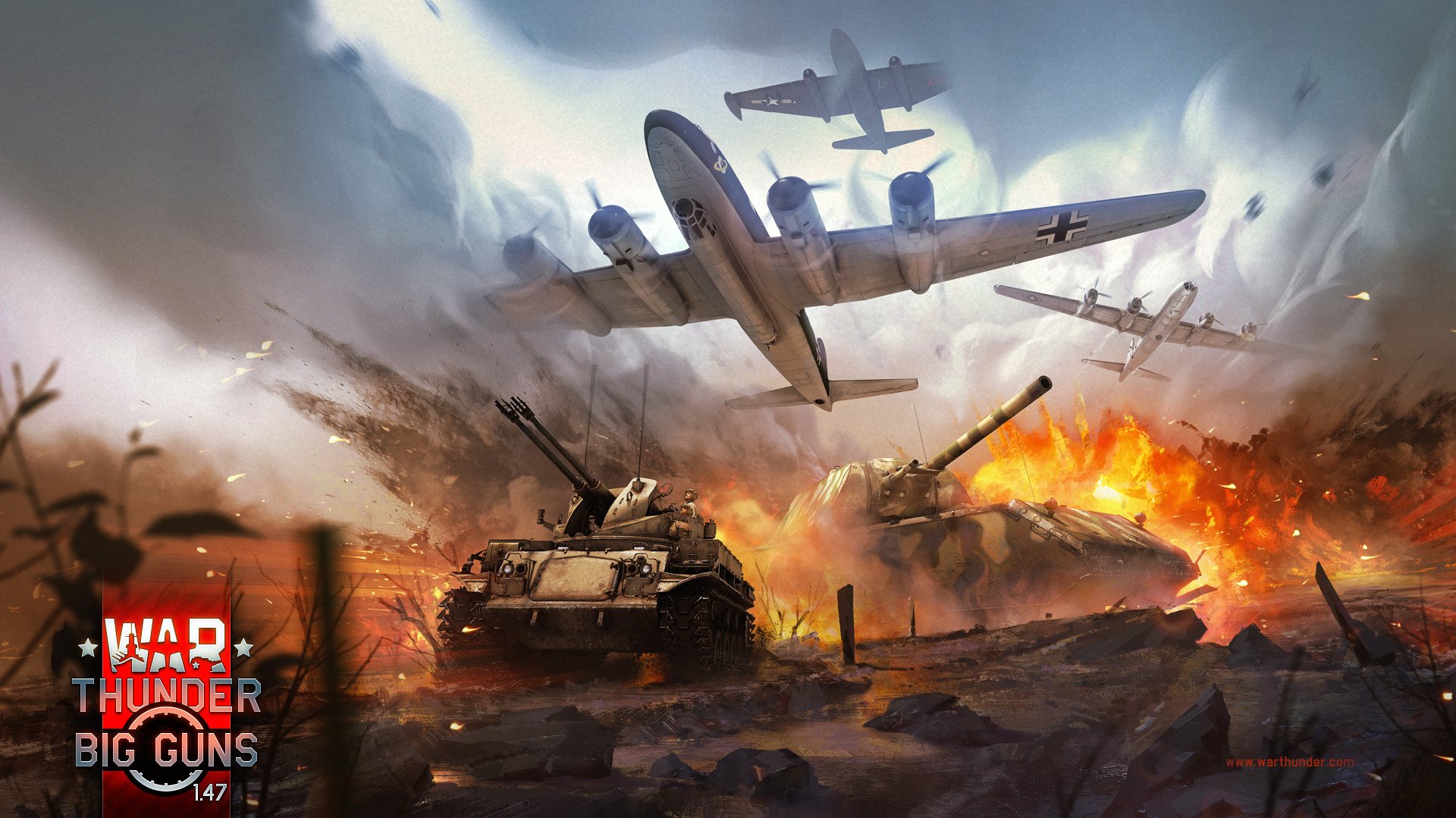

The carrier's forefoot was of the newly developed bulbous type, sometimes referred to informally as a Taylor pear, which served to reduce the hull's underwater drag within a given range of speeds, improving both the ship's speed and endurance. She also had a wider, more rounded and heavily flared bow which kept the flight deck dry in most sea conditions. As in Hiryū, the forecastle was raised to the level of the upper hangar deck to improve seakeeping. In appearance, Shōkaku resembled an enlarged Hiryū, though with a 35.3 m (116 ft) longer overall length, 4.6 m (15 ft) wider beam and a larger island. Her enhanced protection compared favorably to that of contemporary Allied aircraft carriers and enabled Shōkaku to survive serious damage during the battles of the Coral Sea and Santa Cruz. With an efficient modern design, a displacement of about 32,000 long tons (33,000 t), and a top speed of 34 kn (63 km/h 39 mph), Shōkaku could carry 70–80 aircraft. Shōkaku was laid down at Yokosuka Dockyard on 12 December 1937, launched on 1 June 1939, and commissioned on 8 August 1941. No longer restricted by the provisions of the Washington Naval Treaty, which expired in December 1936, the Imperial Japanese Navy (IJN) was free to incorporate all those features they deemed most desirable in an aircraft carrier, namely high speed, a long radius of action, heavy protection and a large aircraft capacity. The Shōkaku-class carriers were part of the same program that also included the Yamato-class battleships. Design Shōkaku being launched in heavy rain at Yokosuka, 1 June 1939. submarine USS Cavalla at the Battle of the Philippine Sea. Along with her sister ship Zuikaku, she took part in several key naval battles during the war, including the attack on Pearl Harbor, the Battle of the Coral Sea, and the Battle of the Santa Cruz Islands, before being torpedoed and sunk by the U.S. Shōkaku ( Japanese: 翔鶴, "Soaring Crane") was the lead ship of her class of two aircraft carriers built for the Imperial Japanese Navy (IJN) shortly before the Pacific War. 27 × Nakajima B5N1/2 "Kate" torpedo bombers.


 0 kommentar(er)
0 kommentar(er)
